Gogung Tteurak (고궁뜨락)
8.0Km 2020-04-17
12, Hyoja-ro, Jongno-gu, Seoul
+82-2-720-0486
Located on the first floor of the National Palace Museum of Korea, Gogung Tteurak consists of a museum shop and a café. It is open from 09:00 to 18:00 during the weekdays and up to 21:00 on Wednesdays and Saturdays. It operates without closing days as of January 1, 2017.
Musée National du Palais de Corée (국립고궁박물관)
8.0Km 2023-03-24
12, Hyoja-ro, Jongno-gu, Seoul
+82-2-3701-7500
Inauguré en 1992 sous le nom du Musée royal, l’actuel Musée national du palais de Corée expose des reliques du royaume de Joseon (1392-1910). Près de 20.000 reliques royales des palais Gyeongbokgung, Changdeokgung, et Changgyeonggung ainsi que celles du sanctuaire de Jongmyo y sont présentées.
1. Symboles et documents royaux (Royal Symbols and Records) - La dynastie Joseon soutenant les idéaux confucianistes, le roi était donc considéré comme le souverain absolu, et le couple royal faisait figure, avec la reine, de parents de tout le peuple. Pour rehausser son autorité, la dynastie a fait fabriquer divers symboles royaux.
2. Rites ancestraux (Ancestral Rites) - Un rite ancestral se tenait dans un sanctuaire abritant les tablettes des rois et des reines de la dynastie Joseon. Ce rite était non seulement une cérémonie de culte de la famille royale mais aussi une fête de musique et de danse célébrée pour souhaiter le salut et la prospérité éternelle du pays.
3. Architecture du palais (Palace Architecture) – Le palais était une demeure pour le roi et sa famille, et le centre de politique et d’administration, où le roi gouvernait le pays. Le centre du palais de la dynastie Joseon, suivant les plans d’architecture traditionnelle, comprenait Jeongjeon, le hall principal comme centre des événements de l’Etat et de discussions politiques, et Pyeonjeon, l’office du gouvernement.
4. Sciences de Joseon (Joseon Sciences) – Durant sa première période, la dynastie Joseon oeuvrait à établir la légitimité de sa fondation et à enrichir le pays. Afin de réaliser ces idéaux, la dynastie promouvait comme jamais auparavant des domaines tels que les sciences ou la médecine et développait diverses armes pour la défense nationale.
5. Vie de la famille royale (Royal Life) - Le roi et la reine étaient les figures symboliques de la dynastie Joseon, mais ils étaient également comme le peuple ordinaire dans leur vie privée au palais. Le palais était divisé en différentes sections : office du roi, demeure pour la reine, bureau du prince héritier. Chaque espace contenait des meubles appropriés, qui étaient fabriqués avec des matériaux de haute qualité selon de stricts critères pour la famille royale.
NUHADANG [Korea Quality] / 누하당 [한국관광 품질인증]
8.0Km 2020-09-10
49-7, Pirundae-ro, Jongno-gu, Seoul
010-9692-1330
Guesthouse Nuha is a ‘hanok’ or traditional Korean house consisting of four guestrooms located in Nuha-dong, Seochon (west of Gyeongbokgung Palace, Jongno, Seoul) where many Confucian scholars and artists lived during the Joseon Dynasty.
Exuding a refined atmosphere, Guesthouse Nuha is very popular among not only domestic visitors but also foreign tourists who want to experience the flavor of Korea in a cozy hanok. All four guestrooms (An-bang, Sarang-bang, Geul-bang, and Byeol-dang) are covered with eco-friendly hanji (traditional Korean paper handmade from mulberry tree) wallpaper, and are equipped with a thick cotton-wool comforter and pillows imbued with the scent of Hinoki cypress tree to help guests relieve their fatigue.
Breakfast is served free of charge. Guests can also experience traditional Korean culture here, such as playing a Korean musical instrument (janggu or double-headed drum), playing a game of yut in the yard, or wearing hanbok (traditional Korean clothes). Although a local bus service passes through the village, it is highly recommended to take a quiet leisurely around the area.
Seochon Guest House [Korea Quality] / 서촌 게스트하우스 [한국관광 품질인증]
8.0Km 2023-04-07
28-3, Jahamun-ro 7-gil, Jongno-gu, Seoul
+82-010-3345-9680
Seochon Guest House is located in Seochon, which is becoming a hot place for tourists in Seoul, and precisely on the road to Suseong Valley, whichis filled with interesting stores and is also well-known for Park Nosoo Art Gallery and the House of Yun Dong-ju (poet). Seochon Guest House is nicknamed ‘Jaeminangol (interesting village)’ after Baekseok’s poem ‘Yeowunangol’, with the aim of providing a visit full of interesting experiences. Passing through a garden and entering the main building, the unique charm of this hanok building, the staircase to get to the first floor from daecheong (main floored room), catches the eye of the visitors. In addition, the building is decorated with various stylish objects including paintings and Korean musical instruments. The terrace situated on the first floor offers an open view of the surrounding area including roof tiles of hanok structures and alleyways in Seochon. It is said that Korean novelist Yoon Hu-myeong also appreciated the structure of the guesthouse, saying, “It is an interesting place.” Built in the 1930s, the house, which has many storage places, was taken by the owner couple in spring 2014 as they were attracted by the house during their trip to Seochon. After the repair work, the ground floor of the house was opened for guests from January 2016, hoping that guests could share their daily experiences and stories with each other. The guestrooms and the main floored room on the ground floor are open to guests, with the exception of the first floor, which is used by the owner couple. The living room is equipped with books, a curved TV, and a table. The tasty meal, which is served in the kitchen, consists of rice and soup with six side dishes and is much loved by guests. The guesthouse offers a total of four rooms – Jae Room, which is the most Korean-style room; Mi Room, which has a combined style of a Korean-style room and Western-style room; Nan Room, which is an ideal room for meditation with a beautiful paper window; and Ahn Room, which is equipped with a veranda and a pretty flowerbed. Every room has its separate charm with various comfortable bedding to provide a quiet and cozy bedroom for guests in the middle of the city. Furthermore, the guesthouse holds a pansori (epic chant) performance twice a year. The owner started learning how to sing pansori to promote the Korean culture and tradition to foreigners. When a pansori performance is held, the owner offers traditional Korean snacks and drinks including sikhye (sweet rice punch), sujeonggwa (cinnamon punch), traditional sweets and cookies, and tteok (rice cakes) to visitors, tourists, and performers. Moreover, it provides cultural programs such as a Gukak (Korean classical music) experience, Korean traditional clothes experience, and making Korean food experience, as well as other activities with guests, such as trip to the city wall between Inwangsan Mountain and Bugaksan Mountain, and the Royal Palace Tour to Gyeongbokgung Palace, etc., as well as a trip to a traditional market.
Ground Seesaw Seochon (그라운드시소 서촌)
8.0Km 2023-01-16
18-8, Jahamun-ro 6-gil, Jongno-gu, Séoul
Le complexe culturel Ground Seesaw se trouve à Seochon dans l'arrondissement de Jongno-gu, un endroit où l'histoire, l'art et la culture se rencontrent. Le lieu a été créé par Media N Art, une société de production d'expositions, et conçu par le cabinet d'architecture SoA et l'entreprise paysagiste Loci Studio. Nous vous invitons à découvrir Ground Seesaw pour découvrir une variété d'expositions.
Yeontabal Jongro(연타발 종로)
8.0Km 2020-11-19
19, Samil-daero, 15-gil, Jongno-gu, Seoul
+82-2-720-9263
A restaurant where you can enjoy the highest-quality Korean beef. The most famous menu is grilled Korean beef rib eye steak. A barbecue specialty restaurant located in Jongno, Seoul.
Village Seochon (서촌마을)
8.0Km 2021-07-14
45, Pirundae-ro, Jongno-gu, Seoul
Le village Seochon se situe à l'est du palais Gyeongbokgung. Il s'agit d'un lieu composé à la fois de maisons traditionnels hanok, de petites ruelles paisibles, mais aussi de nouveaux magasins qui forment une très belle harmonie dans le village. En parcourant les nombreuses petites ruelles des lieux, vous pourrez aussi apprécier plusieurs peintures murales très colorèes. Ce village se distingue donc par son côté à la fois pittoresque mais aussi raffiné.
Hojil (호질)
8.0Km 2021-03-20
15, Jahamun-ro, 9-gil, Jongno-gu, Seoul
+82-2-764-6822
A good restaurant to visit before and after the tour, being located near Gyeongbokgung Palace, one of the tourist attractions. This restaurant's signature menu is spicy sea snail salad. This Korean dishes restaurant is located in Jongno-gu, Seoul.
Chakraa (Hannam Branch) (차크라(한남점))
8.0Km 2020-02-21
83, Dokseodang-ro, Yongsan-gu, Seoul
+82-2-796-1149
Located in a famous beautiful area of Seoul, Chakraa is an authentic Indian restaurant. It is also near the Embassy of India in Korea and the Embassies of other countries, as well as UN Village. The restaurant has seating for 60 guests.
OKIN PIZZA (옥인피자)
8.0Km 2021-03-19
26, Ogin-gil, Jongno-gu, Seoul
+82-2-737-9944
This is a Western cuisine located in Jongno, Seoul. The best menu at this restaurant is pizza. You can eat delicious pizza at hanok, a Korean traditional house.
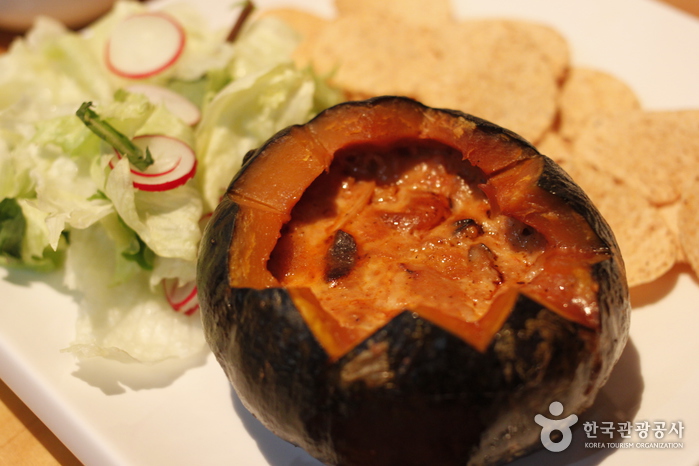
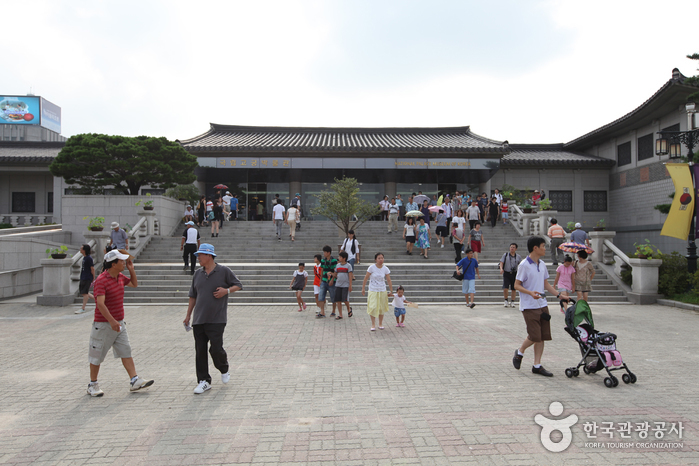
![NUHADANG [Korea Quality] / 누하당 [한국관광 품질인증]](http://tong.visitkorea.or.kr/cms/resource/58/2532358_image2_1.jpg)
![Seochon Guest House [Korea Quality] / 서촌 게스트하우스 [한국관광 품질인증]](http://tong.visitkorea.or.kr/cms/resource/41/2447241_image2_1.jpg)

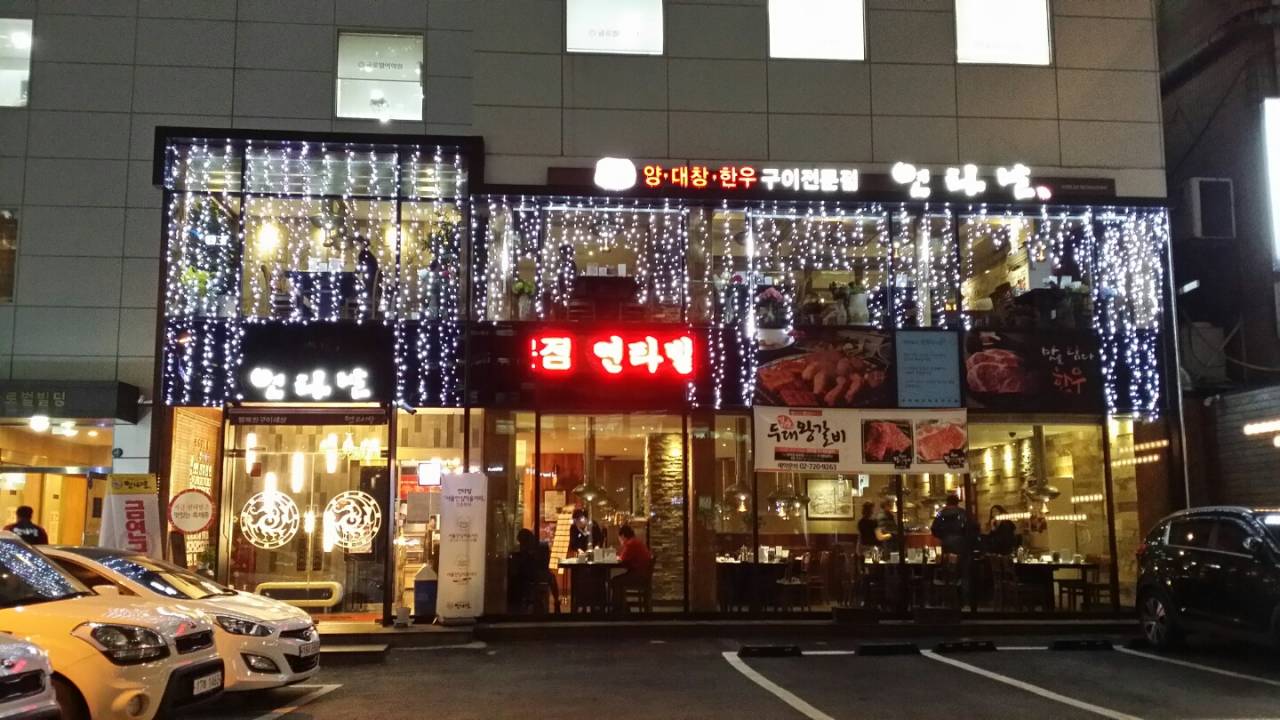
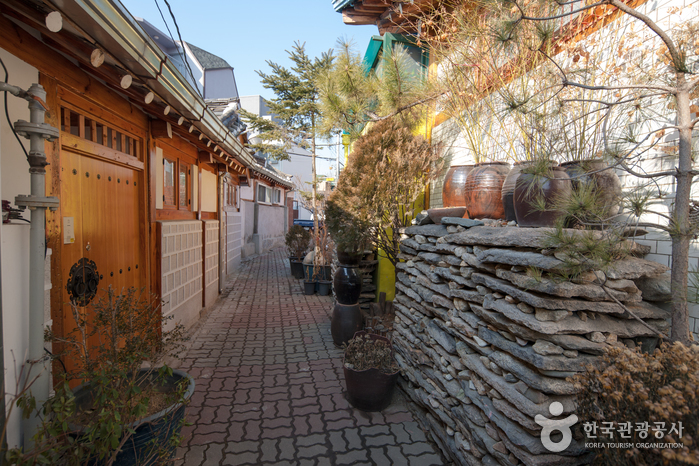
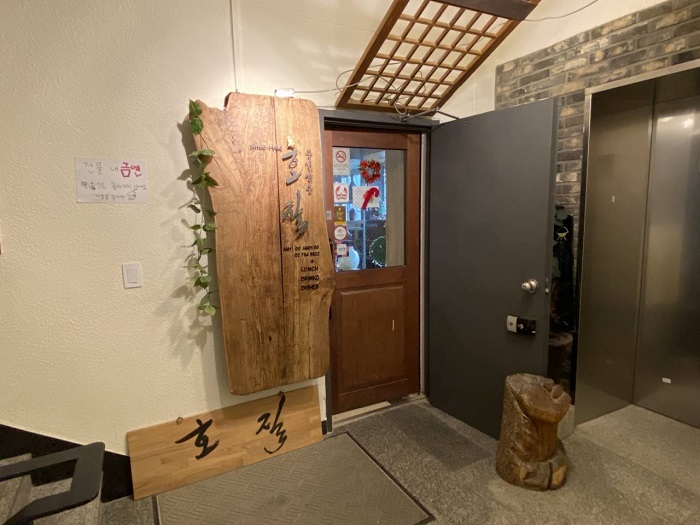
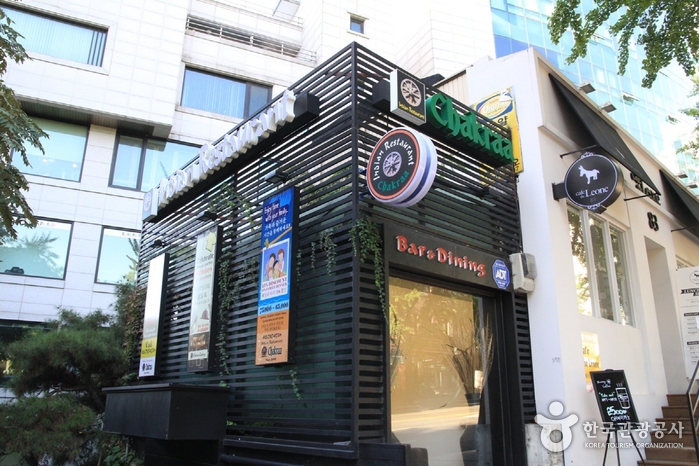
 Français
Français
 한국어
한국어 English
English 日本語
日本語 中文(简体)
中文(简体) Deutsch
Deutsch Español
Español Русский
Русский